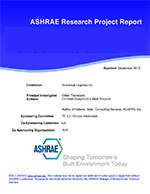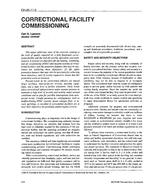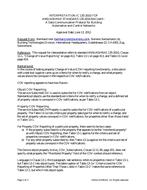It is commonly agreed that architectural decisions at design inception are significant drivers for occupant comfort and building energy consumption. Most building performance standards however, discuss benchmarks for mechanical and lighting system design in detail; but the guidance for building form articulation is limited only to a threshold for window area in proportion to exterior wall area. While the authors fully recognize that over-glazed envelopes can lead to considerable energy losses, this study will argue that a criteria that only addresses window to wall ratio is limiting at best, and might even result in detrimental overall performance for some climate types. This study makes a case that the guidance provided by current energy standards considers building envelope solely as an interface that drains energy, and mandates a threshold on glazed area to minimize heat gains and losses. This approach might be valid only if buildings were designed to be isolated from their natural surroundings and fully reliant on artificial systems to provide for occupant comfort. The study will demonstrate that an optimally designed envelope can positively interact with exterior environment, passively enhance indoor comfort conditions while simultaneously reducing building energy consumption; all independent of the criteria set by current standards.
Citation: ASHRAE Papers: 2015 ASHRAE Annual Conference, Chicago, IL
Product Details
- Published:
- 2015
- Number of Pages:
- 6
- File Size:
- 1 file , 1.8 MB
- Product Code(s):
- D-CH-15-C047


